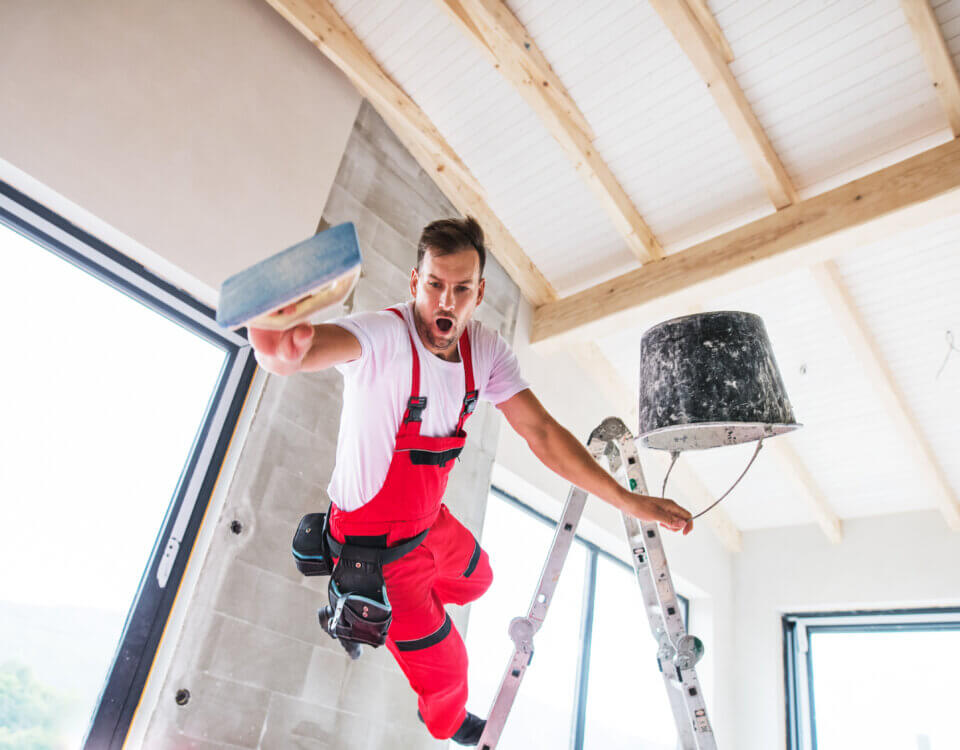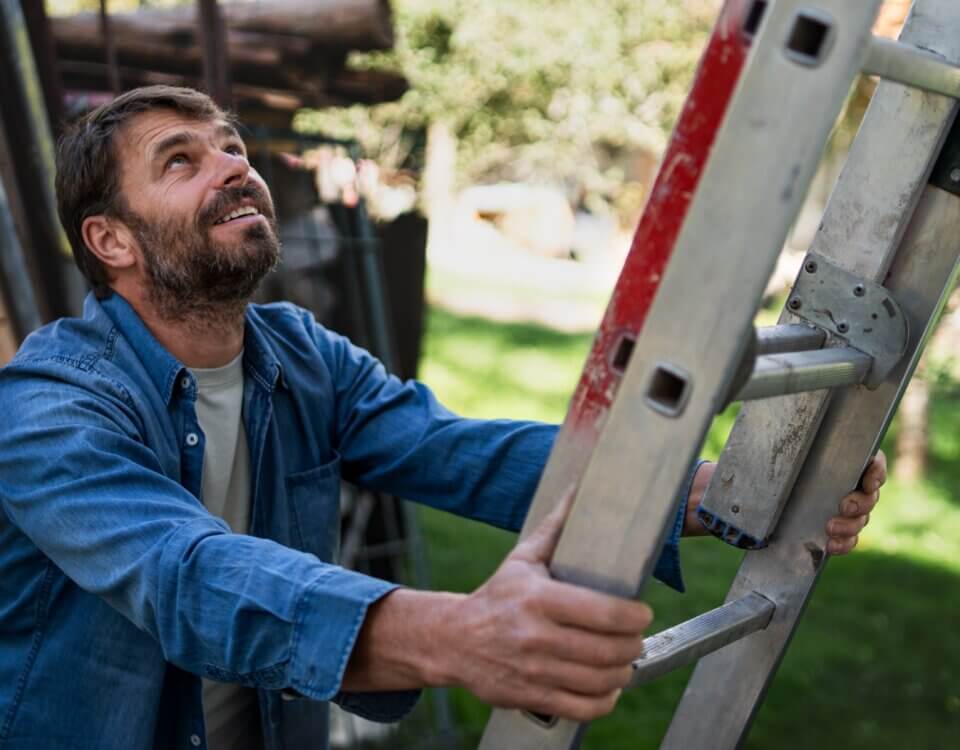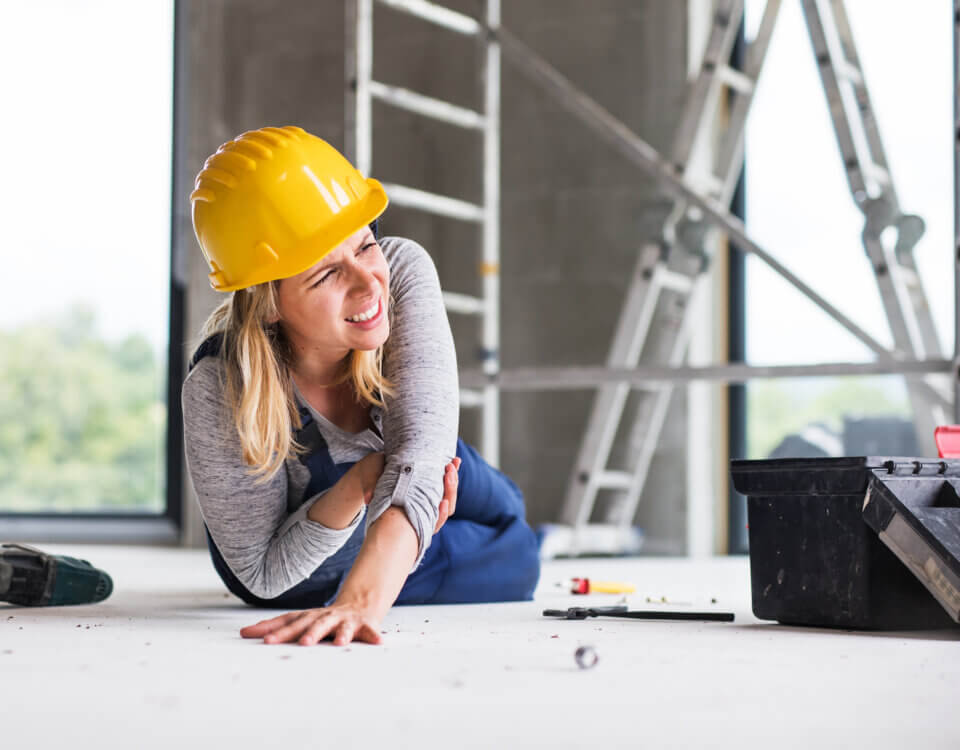For many California homeowners, portable ladders have become a must-have tool for everything from routine maintenance to larger home improvement projects. Whether you’re changing light bulbs, cleaning gutters, or painting high walls, a portable ladder provides the convenience and flexibility to get the job done.
But with that convenience comes risk. Falls from ladders are one of the leading causes of home-related injuries. At Hillstone Law, we believe it’s important to understand not just the benefits of portable ladders, but also the safety practices that can prevent devastating accidents.
Why Portable Ladders Are So Useful
Portable ladders are prized for their versatility. From compact step ladders perfect for indoor use to extendable multi-purpose ladders designed for outdoor projects, they make it easier to safely access hard-to-reach areas.
Key uses include:
- Painting interior and exterior walls
- Changing overhead light fixtures or ceiling fans
- Cleaning gutters and roofs
- Accessing high shelves or storage spaces
- Outdoor repairs and maintenance
This adaptability helps homeowners complete projects more efficiently while reducing the temptation to use unsafe makeshift solutions, like stacking chairs or climbing on furniture.
Choosing the Right Portable Ladder
Not every ladder is suitable for every task. When selecting a portable ladder, keep these factors in mind:
- Height Requirements: Choose a ladder tall enough for the job without overreaching.
- Weight Capacity: Ensure the ladder can safely support you and any tools you’ll be carrying.
- Material: Aluminum is lightweight, while fiberglass is sturdier and safer around electrical work.
- Safety Features: Look for non-slip rungs, locking mechanisms, and stabilizing bars.
Investing in a high-quality ladder not only makes your work more efficient but also helps prevent serious accidents.
3 Ways Portable Ladders Boost Productivity
1. Easy Storage and Portability
Portable ladders are designed to fold, collapse, or telescope, making them easy to store in a garage, closet, or vehicle. This portability allows you to use the ladder throughout your home — or even take it to another location — with minimal effort.
2. Time and Energy Savings
With simple setup and mobility, portable ladders eliminate the need for heavy equipment or makeshift platforms. That efficiency means more time spent on your project and less on preparation.
3. Built-In Safety Features
Modern portable ladders often include:
- Non-slip steps for secure footing
- Locking mechanisms to prevent shifting
- Anti-slip feet or stabilizers for firm ground contact
When used correctly, these features greatly reduce the risk of falls.
Safety First: Ladder Best Practices
Even the best ladder can be dangerous if not used properly. According to the Occupational Safety and Health Administration (OSHA), here are essential safety tips:
- Maintain three points of contact (two hands and one foot, or two feet and one hand).
- Only use ladders on stable, level surfaces.
- Avoid using metal ladders near electrical hazards.
- Never stand on the top rung.
- Ensure the ladder is locked and stable before climbing.
By following these precautions, you can minimize your risk of ladder-related injuries.
Hillstone Law: Helping Ladder Accident Victims
Despite best practices, accidents still happen. A ladder fall can result in serious injuries like fractures, spinal cord damage, or head trauma, leaving victims with expensive medical bills and time away from work.
At Hillstone Law, our experienced ladder accident attorneys fight for homeowners injured due to defective ladders, unsafe property conditions, or negligence. We work tirelessly to secure compensation for your medical costs, lost wages, and pain and suffering.
Contact Hillstone Law today at (844) 335-3271 for a free consultation, or fill out our online form. We’re here 24/7 to help you recover physically, financially, and legally.



